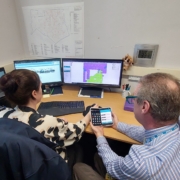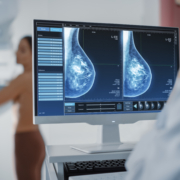Coming out of the shadows: a new era for women’s health?
The historically overlooked field of women’s health is experiencing a potential renaissance. Sarah Nurgat examines the gender health gap’s roots in research disparities and funding shortfalls, while highlighting recent policy changes, international initiatives, and femtech innovations signalling progress. The author emphasizes the need for sustained momentum and critical evaluation to ensure meaningful improvements in women’s […]


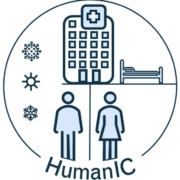
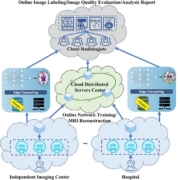 Yirong Zhou., et al
Yirong Zhou., et al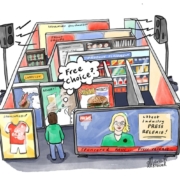 WHO
WHO
